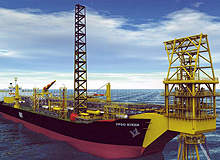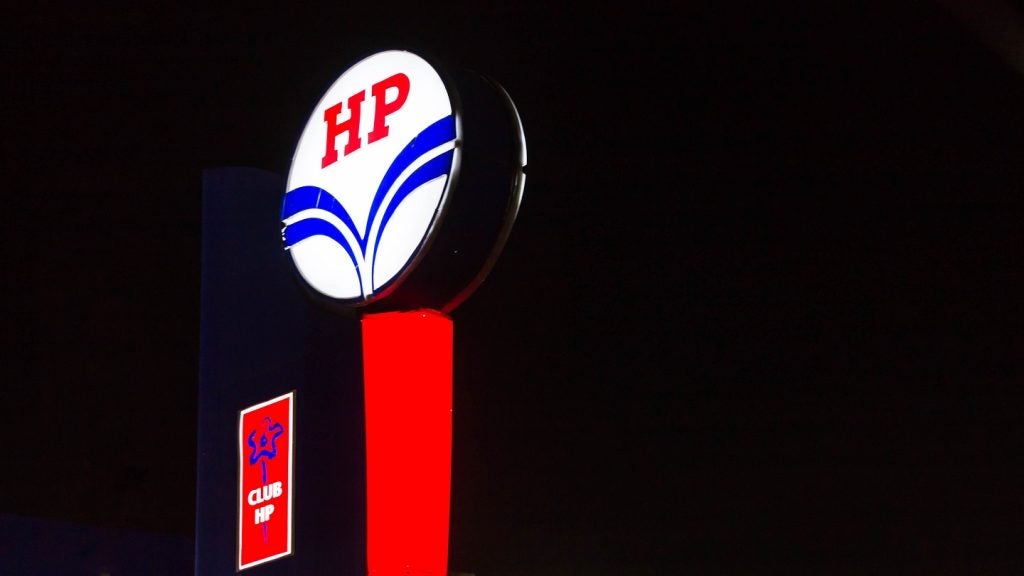
Oil and gas storage can make or break an economy. High demand for oil and gas leads to a spike in prices and a spike in prices leads to more fuel being pumped by energy companies. When this happens, these companies must raise production at a moment’s notice, and their ability to do so can tip the scales of the world economy. It all depends on the level of spare capacity.
Three years ago, oil prices peaked at $147 a barrel and members of the Organisation of Petroleum Exporting Countries (OPEC) were already exporting as much crude as they could. When prices climbed, they were unable to meet production needs.
Now, history is repeating itself as industry heavyweights tip oil prices over $100 a barrel and gas prices are forecast to hit $5 a gallon by 2012. Demand for fuel is still high, as cold weather conditions continue in Europe, and more and more people purchase cars in India and China.
The question is: will oil and gas companies have enough supplies to meet demand and boost the economy this time around? With a significant number of storage facilities being developed offshore, the signs look promising.
Essential oil
There are a number of unique solutions available that can help energy companies address the challenges of storing and processing oil and gas offshore.
See Also:
One such solution is a floating production, storage and offloading (FPSO) vessel, which, as the name suggests, is designed to receive oil and gas produced by nearby platforms or subsea templates, process it and store it until it is ready to be offloaded onto a tanker.
How well do you really know your competitors?
Access the most comprehensive Company Profiles on the market, powered by GlobalData. Save hours of research. Gain competitive edge.

Thank you!
Your download email will arrive shortly
Not ready to buy yet? Download a free sample
We are confident about the unique quality of our Company Profiles. However, we want you to make the most beneficial decision for your business, so we offer a free sample that you can download by submitting the below form
By GlobalDataFPSOs can be moved to remote and deepwater locations, where expensive long-distance pipelines would otherwise have to be laid on the seabed. They can also replace costly oil platforms in small oil fields that will be drained after a few years.
The Kikeh field, located 120km north-west of the island of Labuan, offshore Sabah, East Malaysia, consists of an FPSO that is located in 1,350m of water. The converted tanker has a storage capacity of two million barrels.
The Petrobas-operated Cachalote oil field in the Campos Basin in south-eastern Brazil, which started production in May 2010, has also secured a vessel to store and process oil.
The Capixaba FPSO was leased from Dutch company SBM Offshore for 12 years and operates at a depth of 1,480m. It can process one million barrels of oil a day and its storage capacity is 1.6 million barrels a day.
The FPSO is also connected to the Baleia Franca field located in the Whales Park area, on the southern coast of Espírito Santo, Campos Basin.
Reservoirs
When it comes to storing gas, reservoirs are a popular solution among energy firms, particularly in the UK, where only 5% of gas consumption can be stored onshore.
The UK has not needed much gas storage in the past because of ample North Sea supplies but those deposits are being depleted, making the country dependent on gas imports. There are some companies, however, which are responding to this problem by developing more storage capacity.
Centrica Storage stores gas in facilities on behalf of a large number of customers, including utilities, gas traders and gas producers. Its Rough facility, located in the North Sea, has two installations, block 47/3 Bravo and block 47/8 Alpha.
Gas is injected into and withdrawn from Rough through 30 wells, which have been drilled from the platforms above them down to the reservoir, which is positioned around 12,000ft under the seabed.
Centrica offers various storage services, including C Store, where gas is delivered to Rough’s national balancing point (NBP), a virtual trading location for the sale, purchase and exchange of UK natural gas; S Store, where gas is delivered to the beach and customers source their own entry capacity to transport gas to the NBP; and V Store, a force majeure free product.
Centrica’s projects director Glenn Sibbick says the length of time that gas is held in storage is dictated by customers. “They can put gas into storage or take it out of storage whenever they want, although gas is typically taken from the national grid and stored in the summer when gas prices are lower, and taken out of storage in winter when the demand for gas and the price are higher.
“C Store and S Store products come with 1kWh/day of withdrawal, 67kWh of space and 0.35kWh/day of injectability. The storage year runs from the May until April each and every year,” he adds.
An alternative option to reserving gas offshore is to build underground salt caverns, an idea that Gateway Storage Company has taken on.
The firm plans to build a storage facility in the East Irish Sea, approximately 25km off the shore of Barrow-in-Furness, England. Storage caverns will be developed in a natural salt structure below the seabed, enabling gas to be delivered, stored and returned to the UK’s national transmission system via a pipeline.
Upon completion, which is scheduled for 2015, the caverns will have a working capacity of 1.52 billion cubic metres, adding nearly 30% to the current gas storage capacity of the UK market.
Health and safety
Storing oil and gas throws up health and safety issues that must be addressed.
Spills and leaks pose the biggest risk offshore, the consequences of which are dramatic if not brought under control quickly. Storage facilities must therefore be designed and engineered to handle a range of pressures.
According to Sibbick, Centrica’s Rough facility is fit for purpose. “The reservoir that holds the gas is a partially depleted gas reservoir that now operates at lower pressures than it did when it was first produced. It had securely held gas at high pressures for millions of years.
“We operate within a clearly defined, well-established and well-understood pressure range – in other words, it is predictable and does not suddenly change,” he explains.
Pressure within a reservoir must be maintained when gas is withdrawn; therefore, a certain amount of gas, known as “cushion gas”, remains untouched.
Centrica has various controls in place to minimise the chances of gas leaks at its offshore facility. These include following engineering standards and procedures, carrying out inspection regimes, maintaining equipment, following operating procedures and making sure operators are trained to have a high level of expertise.
Sibbick adds: “Although leakage is unlikely, we also have advanced safety systems that can detect a gas leak, and shutdown systems that allow any leak to be safely isolated and repaired.”
Oil companies must also carry out risk assessments and comply with safety standards to avoid life-threatening spills.
Energy companies across the world must also face the difficult decision of how much oil and gas they should store, and how much they should release and at what times. Exporting fuel when prices are high is good for business but has the potential to encourage customers to tighten their purse strings, and therefore hurt the economy.
The best solution, it seems, is to have enough spare assets to cope when utilities and traders need fuel the most.






